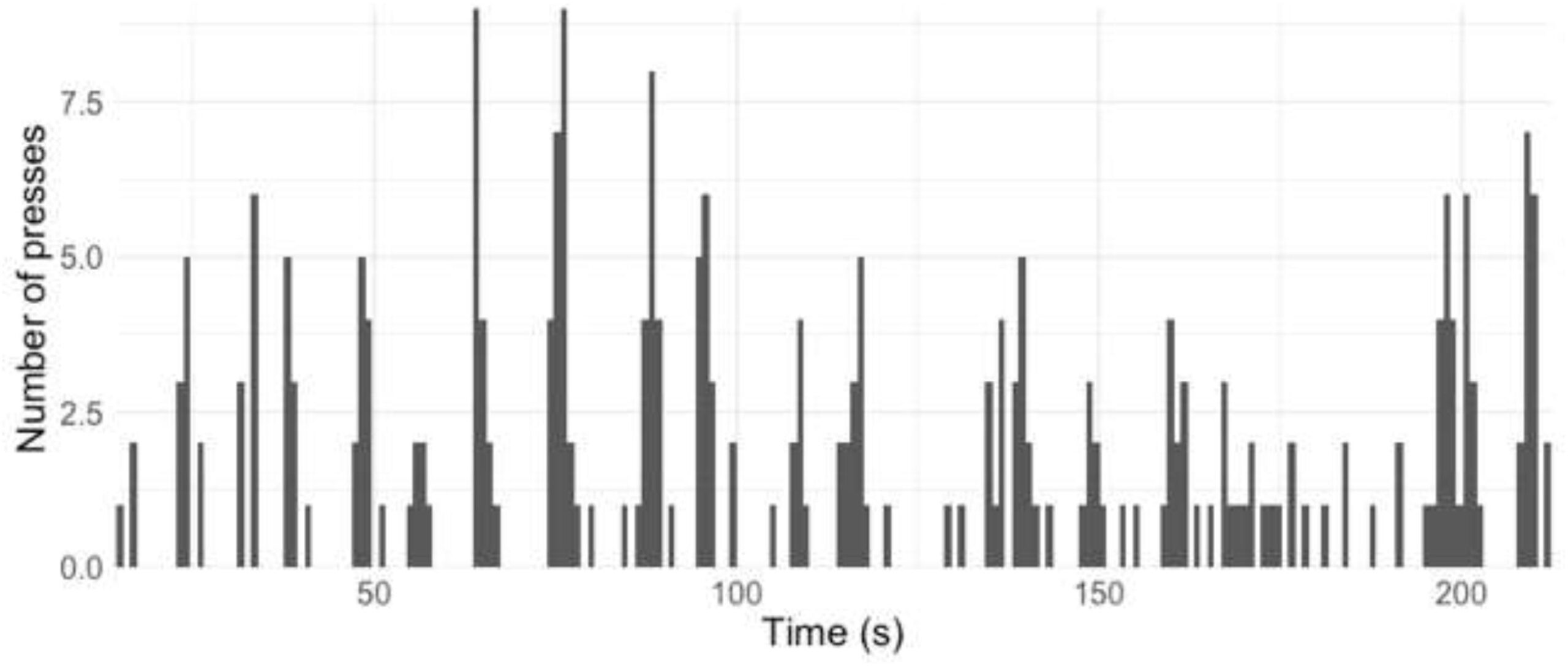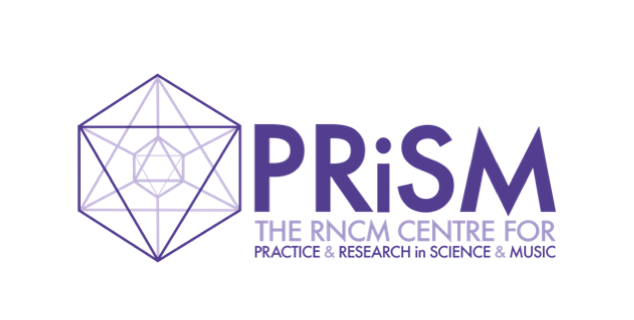PRiSM Perception App
The PRiSM Perception App: a generic tool for mobile devices that can be configured for concerts, presentations and experiments.
Developed by PRiSM and Oxford e-Research Centre in collaboration with the EPRSC ‘Fusing Audio and Semantic Technologies’ (FAST) project, by Michelle Phillips (RNCM), Matthew Wilcoxson (OeRC) and David De Roure (OeRC).
The PRiSM Perception App was launched on Wednesday 4 October 2017 at the RNCM in Manchester during an experiment to collect data for a study examining how audience members perceive segmentation in contemporary classical music. Audience members used the App during a live concert, which was held as part of the PRiSM launch event, “The Music of Proof: What Does Maths Sound Like?”. Participants downloaded the App onto their own smartphones and were asked to tap the screen whenever they felt a section had ended, during a live performance of “Fanfares” from Etudes (Book 1, 1985) by Ligeti. They were also able to submit personal data, for example relating to their musical and mathematical training and experience, through the App, which was also used in data analysis. The results are published in the journal, Frontiers in Psychology, What Determines the Perception of Segmentation in Contemporary Music?

What Determines the Perception of Segmentation in Contemporary Music? Figure 3. All taps (“presses”) by all participants not familiar with contemporary music, split into 2-s windows.
The App was also used at the event “Music and Maths”, at the Sheldonian Theatre in Oxford on 27 Jan 2018, in a performance by the Oxford Philharmonic with PRiSM Co-Director, Marcus du Sautoy. Listening to Haydn Symphony No. 47 in G major ‘The Palindrome’, audience members used the PRiSM Perception App to indicate where they perceived palindromes (musical phrases that are the same when played forward or backwards) in the performance.


